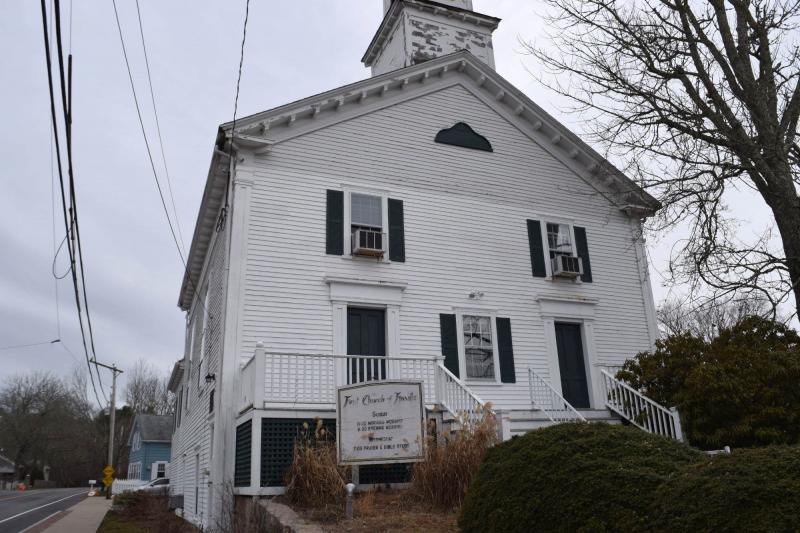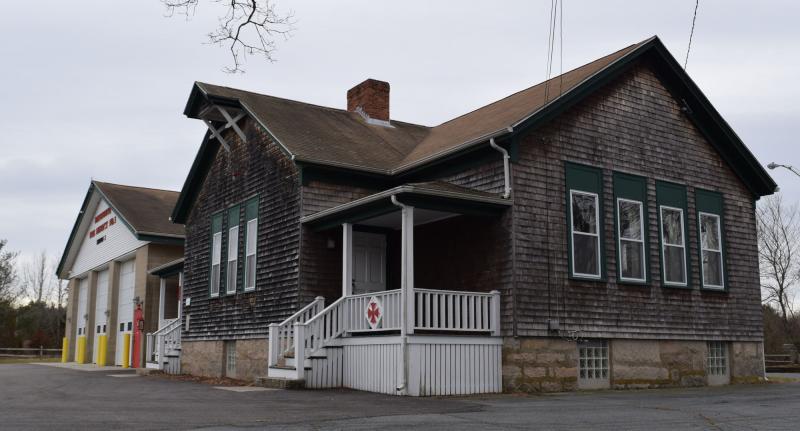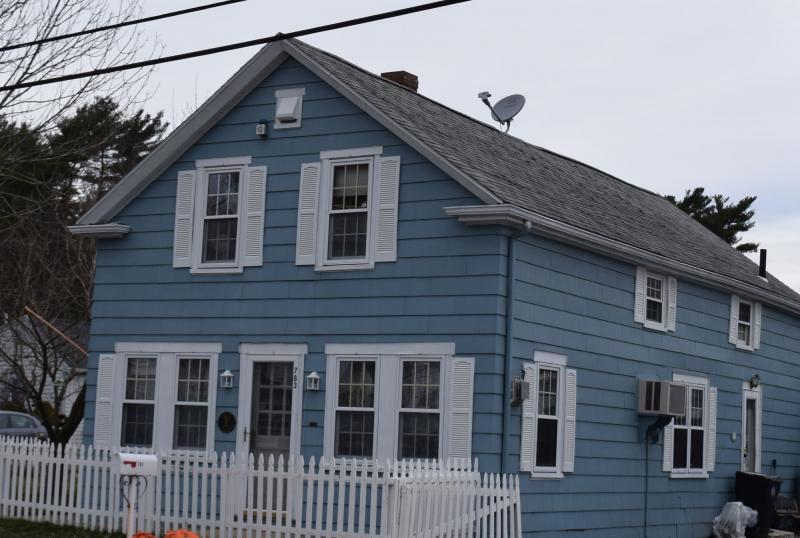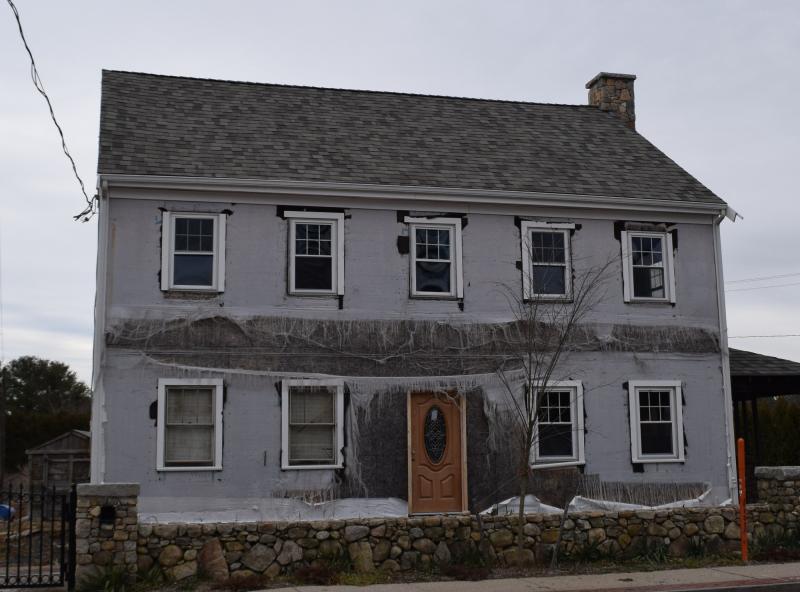Hixville Village preserves Dartmouth's rural charm
Nestled close to the Fall River border, away from the hustle and bustle of Route 6, lies one of Dartmouth’s most rural districts: Hixville.
Hixville traces its roots to the large church that stands at the crossroads of Old Fall River Road and Hixville Road in an area that is now a recognized historic district. According to Massachusetts Historical Commission records, the original church, then named the First Baptist Church, was constructed in 1785 as a branch of Elder Jacob Hix’s church, based in Rehoboth.
National Park Service records note that Quakers and Baptists were drawn to Dartmouth to escape persecution in nearby Plymouth County and Providence, but had to travel to the Rehoboth church for Sabbath services, weddings and other religious events.
The original church was informally known as “Hix’s Meeting House,” after Daniel Hix, the church’s first pastor and the namesake of Hixville. The church as it exists today was built in 1853 – the third iteration – in a Greek Revival style, featuring a two-stage steeple tower, sashed windows and 3,122 square feet of space, according to assessment records.
Another cornerstone of the village: The Clothier Pierce House. The two-story Georgian building was constructed around 1790 by Pierce, a sea captain and significant landowner in the area, according to the property’s historical record. The building has seen numerous uses over its 227-year history, including as Pierce’s private home and a boarding house. In 1968 – after staying in the Pierce family for close to 200 years – it was sold to Yvette Corriea, and was owned by Carlton J. Neves as of 2016.
Hixville’s popularity grew as new advances in transportation connected it to other locales. National Park Service records note the area grew after a stagecoach stop was added at the crossroads in 1826. The line connected New Bedford and Fall River.
The stop proved popular, and in the same year, Captain Jacob Collins purchased land at 770 Old Fall River Road and built a one-story home that served as a rest stop and inn for the stagecoach line.
By 1856, Hixville was a thriving community, according to historical documents. By then, the village center featured the church, homes owned by Pierce, the inn, shops for shoes, carpentry and a blacksmith shop, and an additional 10 residences. The area was then serviced by railroad in 1875 through a depot on Old Reed Road.
At some point, there was some confusion over its proper name. National Park Service records note that in the mid to late 19th century, cartographers often spelled the village as “Hicksville,” but otherwise the “Hixville” spelling was used on other maps, and the train station and post office which once serviced the community.
Hixville’s growth was short-lived, however. By the early 20th century, farming became less common, resulting in economic stagnation. Many farmhouses fell into disrepair, and nature reclaimed previously cleared farmland. Today, Hixville Village is listed on the National Register of Historic Places, and features a diverse set of historic homes and farms.



















